Want to make this year's Q4 more profitable than ever? Here’s what e-commerce retailers can do in Q3 to get ready
Q3 is the ideal moment to gear up for the busy holiday shopping period ahead. Boost your holiday sales with our 5-step action plan for e-commerce retailers.

As an e-commerce retailer, you know what an important time the fourth quarter of each year is. The holiday season is the busiest shopping period of the year, when millions of shoppers flock to online shops to secure the best deals on holiday gifts.
Last year, online holiday shopping earned retailers around the world a record €1.26 trillion ($1.14 trillion), and it is expected to reach a new record high this year.
While Q4 is a highly lucrative period for most e-commerce retailers, it is also a time that requires a lot of hard work. With the huge increase in buying interest, every member of your staff will be focused on boosting sales even further. That means launching flawless campaigns to rake in those Black Friday sales. And doing everything you can to keep those new customers returning for more.
With all these tasks on your plate, you need a solid action plan, with plenty of preparation in advance. Q3 is the perfect time to get ready for the holiday peak period.
If you want to turn this year’s Q4 into a bigger success than ever, there is no better time than Q3 to start putting everything in place. In this guide for e-commerce retailers, we provide a detailed overview of all the smart actions you can take right now to prepare for the holiday shopping period, from optimizing your online shop, to planning promotional offers, pre-ordering stock and more.
In this guide we will cover:
- Step 1: Analyze last year’s Q4 performance
- Step 2: Optimize your online shop for Q4
- Step 3: Plan your Q4 ad strategy
- Step 4: Prepare your stock for peak holiday sales in Q4
- Step 5: Look into your logistics operations analytics
Looking for even more in-depth preparation? You can download our full Black Friday Playbook here with tips on preparation, what to do on Black Friday itself, and how to ensure a post-purchase experience that keeps your customers coming back for more.

Step 1. Analyze last year’s Q4 performance
If you want the coming holiday season to be a bigger success than ever, start by looking back on your past Q4 and analyzing how well your business performed. What worked well, and what could have gone better? To help you fully analyze last year’s performance here are 6 key areas to keep in mind:
1. Best-selling products
Which of your products were most in demand during last year’s holiday shopping season? Can you expect these same products to perform well in the year ahead? If so, how can you ensure you will have adequate stock? What can you do to promote these products more prominently than last year?
Once you've identified which products you expect to sell well this coming holiday season, make a plan for how to ensure plenty of stock.
2. Most popular promotions
Special offers are a powerful strategy for boosting sales, especially during the holiday shopping period. A survey last year found that 88% of shoppers say they look for special offers during their holiday shopping. For e-commerce retailers, this means that having the right offers in place can help you stand out from competitors.
Which of your promotional offers was most successful last holiday season? Did a specific percentage discount lead to more conversions, or did a “Buy One Get One Free” offer outperform other promotions? Did your competitors offer more attractive promotions than you? How can you make your offers more competitive this year?
Identify which offers were most effective, so you can decide which tactics to repeat this year (and which to avoid).
3. Evaluate your return rate
Most e-commerce retailers expect to deal with a return rate of about 10%. That average is higher in some sectors than others, and expensive products are also returned at a higher rate than inexpensive ones.
Fashion retail has the highest return rate, averaging over 24%. During the holiday period, returns can soar to around 30% for all e-commerce retailers.
So, how did your shop do last holiday season? Did you experience a peak in returns? If so, was it higher than expected? Be sure to analyze why customers choose to return products. Some returns are inevitable, but were there mistakes or misunderstandings you could have avoided? Make a plan to correct those issues to prevent unnecessary returns in the year ahead (see more on this in more detail below or check out this blog to deep dive into returns strategy).
4. Evaluate delivery times and carrier performance
If a customer has a poor delivery experience, they are far less likely to become a repeat customer. This is even more true during the holiday season, when prompt delivery is even more of a priority.
How did your carriers perform this year? What percentage of orders were delivered on time? What caused the delays, and is there something you could have done to prevent them on your side? Did any carriers stand out from the others as your most reliable partners last year?
Analyze your click-to-door speed to figure out where you can improve this year.
5. Assess customer feedback and reviews
If you haven’t already done so, now is also the perfect moment to read over your customers’ feedback and reviews from last year’s holiday period. These contain lots of information on how you can cater better to your shoppers’ wishes during the next holiday season.
Do you see any trends in the feedback you received from customers last year? For example, did you receive complaints about slow shipping or poor checkout performance? Or possibly lots of positive feedback about a particular product or promotion? What percentage of your shoppers were return customers, and how many were first-time buyers?
If you do not regularly survey your customers for feedback, this coming holiday season is the perfect time to start.
A great place to find customer feedback is on social media. You can use social media “listening” tools like BuzzSumo, Brandwatch or Sprout Social to monitor social media platforms to see what people are saying about your brand and products. This can be an even more valuable form of feedback than direct surveys, because it shows you what people really think and feel.
6. Analyze your marketing performance
If you’re like most e-commerce retailers, you increase your marketing spend during the holidays to promote special offers for major shopping periods like Black Friday, Cyber Monday and the Christmas season. Marketing is an expensive and time-consuming part of any e-commerce business’s activities, so it is important to understand how well your marketing campaigns performed.
Did last year’s marketing campaigns achieve the goals you set for them? For example, did you experience a boost in conversion following a specific campaign? How well did your email campaigns perform? Did they generate more traffic for your online shop?
Try identifying which marketing tactics and types of messaging brought the best return on investment. This will help you focus your budget to where it has the most impact next holiday season.
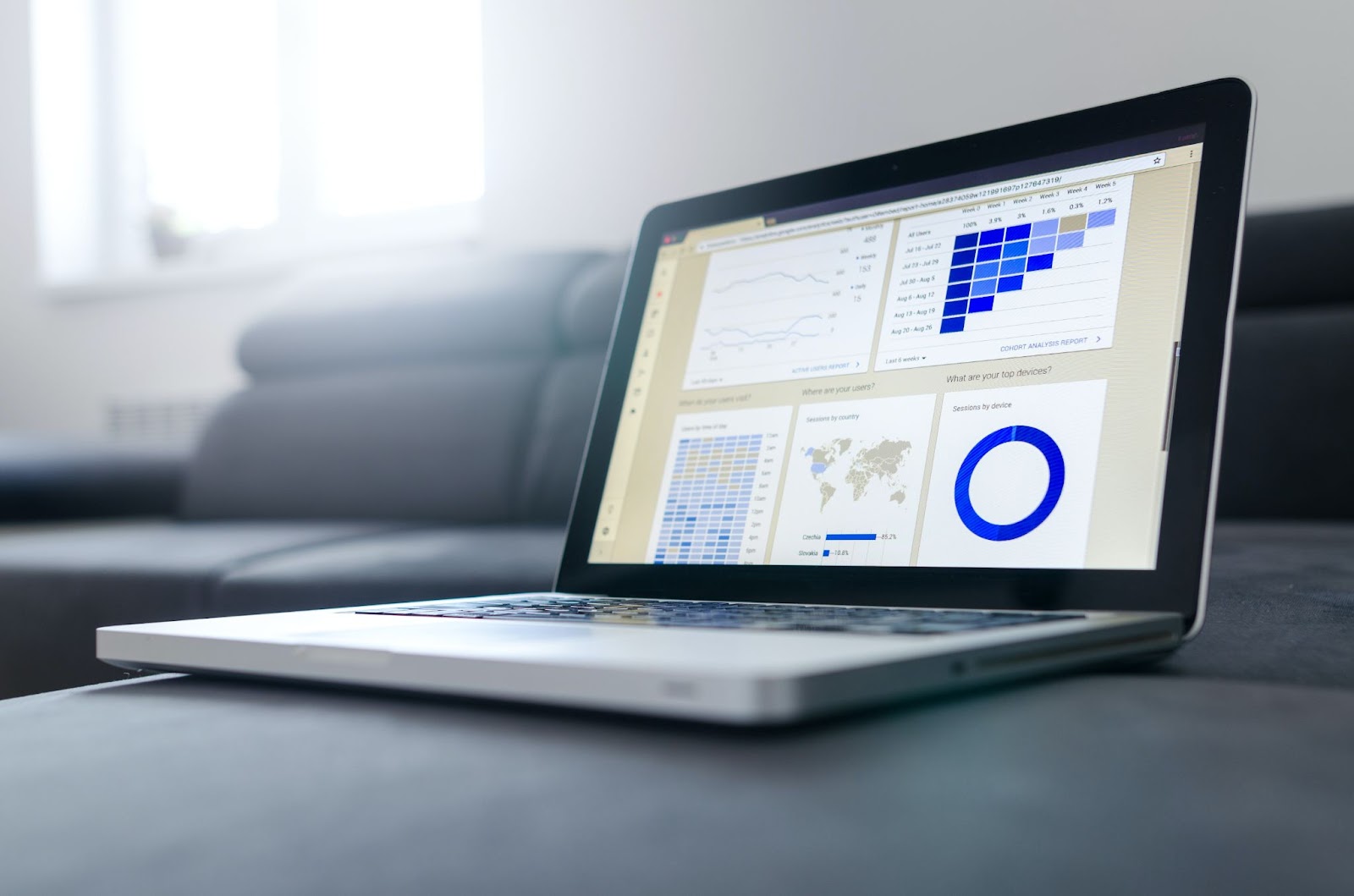
Step 2: Optimize your online shop for Q4
After reflecting on last year’s performance and collecting insights on how to do even better next time, you’re ready to start putting your ideas into action. The relatively slower period in Q3 gives you the perfect opportunity to tweak your website and make sure everything is fully optimized to drive more sales in Q4.
Here are the most important steps you can take to optimize your shop in the run-up to the holiday shopping season:
Search engine optimization (SEO)
In the digital marketplace, findability is everything. At least 43% of traffic to an average e-commerce website comes through Google searches. This means it is very important to do everything you can to optimise your shop’s content to make it easily findable online.
One of the main challenges when it comes to search engine optimisation (SEO) is that it is an ongoing process. You will want to continually tweak your content to make sure it is in line with what shoppers are searching for now. Search keywords continually evolve as customer interests change.
Depending on your budget, you can work with SEO specialists to identify the best way to present your products online. You can also use keyword research tools like Semrush, Google Keyword Planner and Ahrefs to find out which terms should definitely be included on your product pages, landing pages and blog posts.
Also remember to monitor your internal links. Dead links on your website have a negative impact on how well you rank in Google search results. Use a tool like the Google Search Console or Link Whisper to regularly audit and fix any broken or outdated links on your website.
Site speed and image optimization
Fast page load times are also crucial for giving your shoppers the best possible experience. 40% of shoppers will leave an online shop if it does not load within 3 seconds, and more than half of all shoppers say that slow load time is a valid reason for not returning to an online shop.
In Q3, there are plenty of ways you can devote time to improving your shop’s load time. Start by auditing your shop’s analytics to find out which content is affecting your load speed. The main cause for slow page load times is oversized images.
Shopify recommends avoiding images larger than 70 kilobytes. This can be a challenge if you want to post high-quality images of your products. Fortunately, image compression tools can help you reduce the size of images with minimal loss of quality. Some of the most popular image compression tools for e-commerce retailers include TinyImage, Kraken.io and Adobe Photoshop.
If you operate a large online shop that sells to an international audience, you can improve your page load speed by using a content delivery network (CDN). This spreads out your shop’s content across multiple servers globally, so server requests are handled more quickly, no matter where your shoppers are accessing your website from. 75 of the world’s top 100 e-commerce sites use a CDN, which shows how important this tool can be for international retailers.
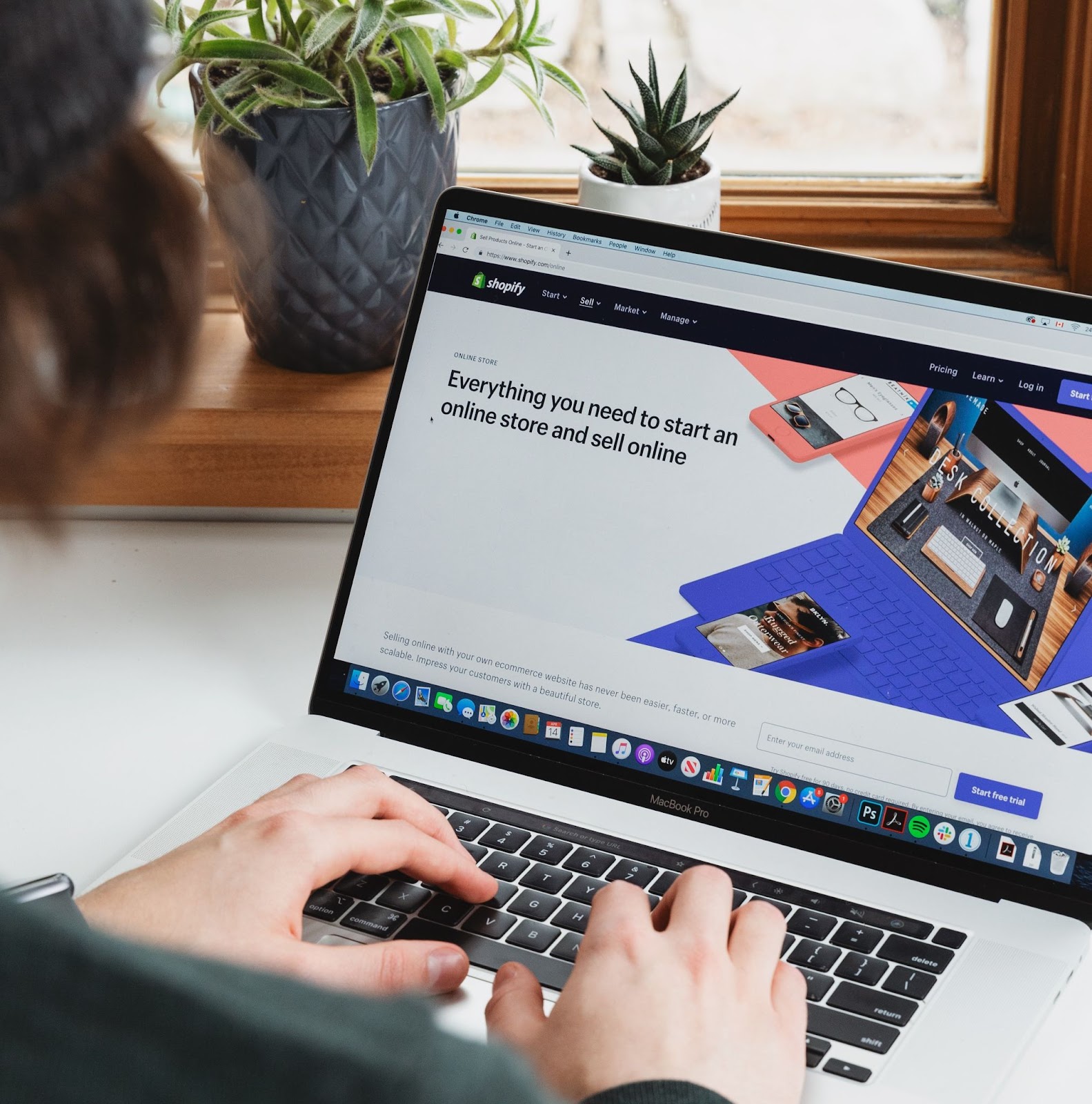
Incorporate product reviews and user-generated content (UGC)
As the old retail saying goes, there is no better advertising than word-of-mouth. In the world of online shopping, customer reviews and user-generated content (UGC) are the modern equivalent of word-of-mouth advertising.
By prominently displaying customer reviews on your website, you quickly build trust and help your customers make a purchase decision.
Almost all (95%) online shoppers say they read product reviews before buying a product online. This shows how important it is to post reviews on your shop. This is why many retailers now offer incentives (like a discount code for a future purchase) to customers who leave a review on their website or post UGC about their products on social media.
UGC makes a powerful addition to your product descriptions. By adding UGC to the photo carousel that customers flip through on your product pages, for example, you give customers a clearer idea of what the product is like in real life. This helps them decide whether the product is the right choice for them.
Optimize product listings for first-time buyers
With all those orders flooding in during Q4, many are likely to come from first-time buyers. It is crucial to cater to this important segment of shoppers, so you can turn them into loyal repeat customers.
Be sure your product pages contain as much detail and imagery as possible, to give all shoppers a clear view of what it is like to own the product. If you sell clothing, for example, be sure to provide detailed size information, so new shoppers have a clear idea of how the garment will fit.
Videos are another powerful tool for demonstrating how products work. By providing clear, easily accessible information, you reduce the likelihood of misunderstandings and returns and boost customer loyalty.

Step 3. Plan your Q4 ad strategy
Planning and executing an ad campaign is always a time-consuming process, often involving many different employees and external partners. That’s why it’s essential to get a head start.
Aim to have your Q4 ad strategy fully wrapped up by the end of Q3, so your ads are ready to roll out smoothly during the holiday shopping season, when you and your team will be busier with other important activities.
Here are some important topics to consider when developing your Q4 ad strategy in advance.
Choose the right channels
As an e-commerce retailer, you understand the importance of knowing your customers. This not only helps ensure the best market match for your products, it is essential for choosing the right marketing channels.
For example, if you are targeting a younger, more tech-savvy audience, TikTok can be a lucrative advertising option. It is less expensive to advertise on TikTok than on other social media platforms, and you enjoy exposure to a large audience of younger shoppers. In contrast, if you are targeting older shoppers, you may have better success advertising on Facebook.
It is a good idea to start building brand awareness in Q3 and then switch to more product- or promotion-focused advertising in Q4.
For example, start posting organic content and ads on social media in Q3 that give potential customers a behind-the-scenes look at the people behind your brand. Then, as the holiday season approaches, they will already have an idea of what your brand is about, which makes them more receptive to your ads focusing on specific products.

Create a discount strategy
Offering strategic discounts can help increase your overall sales during Q4, but not all discounts are created equal. It is essential to tailor your discount strategy to align with your brand positioning and target audience. For instance, if your brand is positioned as a luxury retailer, deep percentage discounts might devalue your core product range and make your products seem less exclusive – and less appealing to your audience.
In that case, you might consider alternatives to discounts. Instead of lowering the price, offer a free gift with each purchase, which can add value to the customer’s order without diminishing the brand’s premium image.
If your brand is targeting more price-sensitive shoppers, offering percentage discounts or special bundle deals is an effective strategy. Experiment with different types of discounts in Q3 to identify the most compelling offers for your audience, or consider what worked well (or did not) during the last Q4 shopping season.
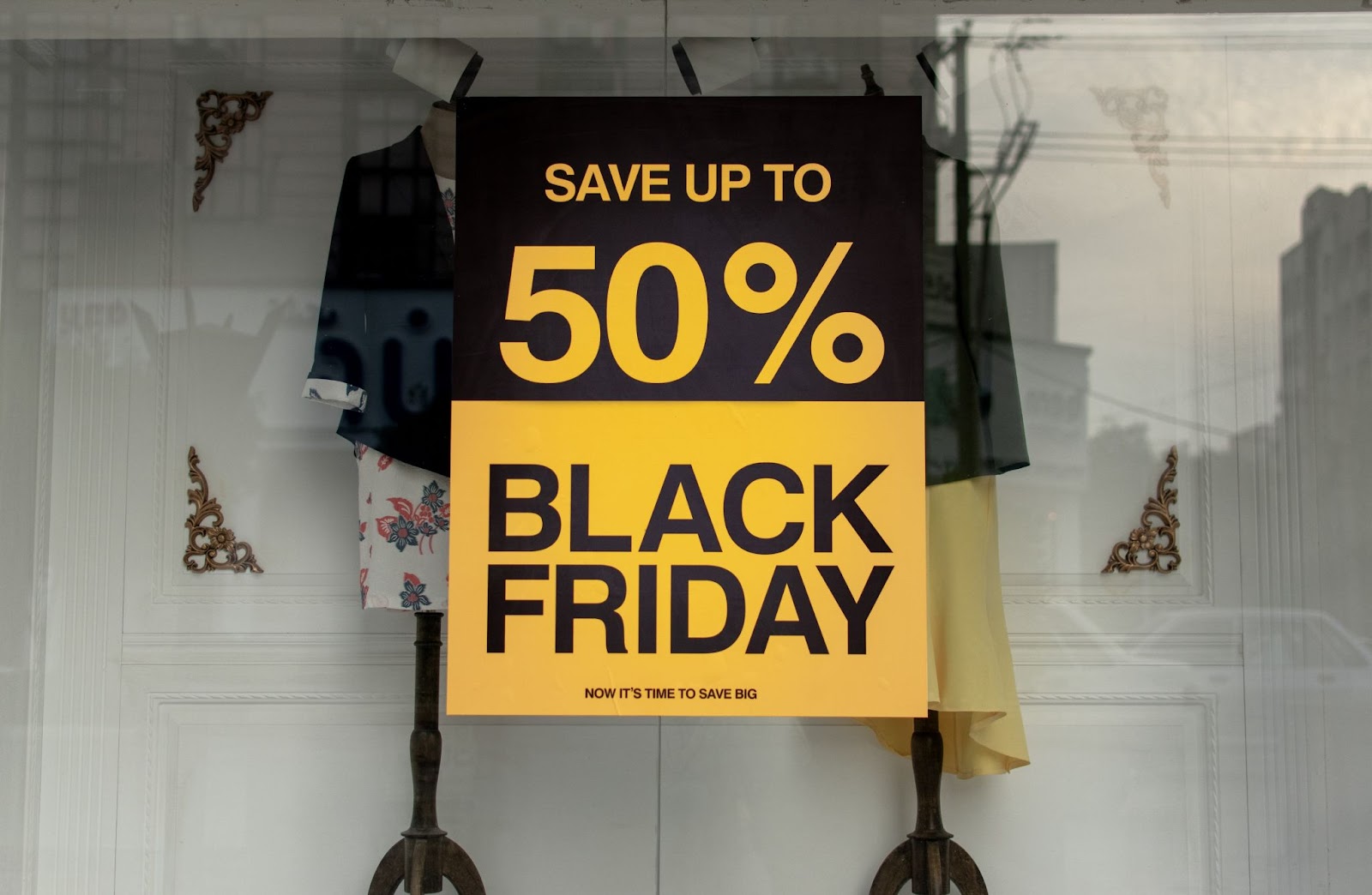
Step 4: Prepare your stock for peak holiday sales in Q4
When holiday sales are in full swing, the last thing you want is for popular items to go out of stock – especially if your inventory depends on freight shipments from overseas which can take months to replenish.
To make sure you can fill as many orders as possible in Q4, take some time in Q3 to put an inventory management plan in place. Here are the most important topics to remember.
Stock forecasting
To accurately forecast how much stock you will need for each of your shop’s products, start by analyzing historical sales data and current market trends. Coordinate carefully with your operations and marketing teams to ensure that all your activities are aligned, and available stock will match the expected demand during Q4.
There are various approaches you can take to stock forecasting:
Quantitative forecasting
This approach uses historical sales data to predict future sales. Analyzing sales patterns from last year’s Q4 will provide valuable insights into demand patterns specific to the holiday season.
This is generally the most basic form of stock forecasting, so it may not be the most accurate. It is usually a good idea to combine it with one or both of the other methods below.
Qualitative forecasting
This method gives you a fuller picture of all the factors that may influence supply and demand. It integrates useful insights from market intelligence and economic trends to make informed predictions.
This method is more complex and it requires specialised software and expertise, which may involve hiring external consultants or service providers. The advantage is that it offers a broader perspective to help you ensure your stock is ready for the peak period.
Trend forecasting
This method looks at how sales trends for each of your products are evolving over longer periods of time. So, instead of just comparing last year’s Q4 sales, you look at how a product’s sales have developed throughout its lifetime on the market.
This method is also more complex than straightforward quantitative forecasting, but it can deliver more realistic forecasts.
To apply these forecasting methods, consider using inventory management software that can analyse historical sales data and automate your forecasting process. Using a combination of quantitative and qualitative forecasting techniques lets you develop a more accurate estimate of the stock levels required to meet the demand during the Q4 peak period.
Book your freight in advance
Once you have a clear estimate of your inventory needs, it is essential to book freight from your suppliers to your warehouse or third-party logistics (3PL) partner’s fulfillment center well in advance.
The holiday season is a peak period for freight forwarders, so space on freight ships fills up quickly. Timely booking ensures that your products can be transported efficiently and on schedule, minimizing the risk of delays and stockouts.
- Most freight forwarders recommend booking freight at least 3 to 4 weeks prior to your cargo-ready date if you ship by full container load (FCL) on container ships.
- If you ship by air freight, book your freight at least 6 to 7 days before the cargo-ready date.
- If you ship your freight by less-than-full container loads (LCL), you should also book freight at least 3 to 4 weeks prior to the cargo-ready date, but keep in mind that shipping for LCL will take at least 7 to 10 days longer than FCL shipments.
Step 5. Look into your logistics operations analytics
Now that you’ve reviewed last year’s Q4 performance, optimized your shop and sorted out your stock for the holiday season ahead, one last important task for Q3 is to do an audit of your current logistics operations analytics. Is your current logistics setup up to the task of handling peak shipping in the months ahead? Here are the most important factors to look into.
Click-to-door speed
When you look back on your Q4 analytics, what was the average click-to-door speed (the time it took, between a customer placing their order, and the product being delivered on their doorstep). Were there factors within your control that slowed down click-to-door speed?
For example, staffing shortages, taking too long to prepare shipping labels, stockouts, etc.? Put a plan in place to overcome those issues in the year ahead.
Delivery performance
Were you completely satisfied with the way your carrier(s) performed during last year’s holiday season? What was their average delivery time, and how many packages were lost or returned as undeliverable?
If you use multi-carrier logistics, did certain carriers outperform the others? Consider shifting more volume to the carriers that have been most effective in the past.
Average fulfillment speed and accuracy
Did you experience any fulfillment-related issues last year, such as slow or inaccurate order picking and packing? In today’s digital world, there is no need to settle for slow, manual order picking.
Modern fulfillment centers use automated technologies to ensure greater speed and accuracy. If your fulfillment partners slowed down your shipping and harmed your holiday business last year, Q3 is a good time to select an alternative solution that can deliver the speed and accuracy you and your customers expect.
Returns rate and reasons
If you experienced a higher return rate than expected last year, check your analytics to see what went wrong. Many returns can be prevented by managing customer expectations effectively from the very beginning. That means ensuring product descriptions are detailed and accurate, so customers know exactly what they’re ordering.
An excessive return rate may also be a sign of quality-related issues in your product range that need to be addressed with your suppliers before the next holiday season starts. If customers are complaining of receiving items that are damaged on arrival, it may indicate that your packaging is not suitable for protecting the merchandise.
3PL: The ideal solution for e-commerce holiday period logistics
During the busy holiday period, the success of your e-commerce business depends on how smoothly you can get orders delivered to your customers. That is why it is crucial to have a reliable logistics strategy in place. More and more successful online retailers are choosing to work with third-party logistics (3PL) partners like Hive, who can take care of every aspect of order fulfillment, from inventory management, to order picking and packing, carrier pickups, returns and more.
Advantages of 3PL for e-commerce retailers
There are many advantages of working with a 3PL instead of handling your own logistics in-house:
- Lower shipping rates: 3PL providers have strong relationships with carriers and have access to significant bulk-rate discounts on shipping, which they pass on to their customers.
- Expert handling: Some 3PL providers like Hive specialize in e-commerce retail, so they know exactly what your business’s logistics needs are, and how best to handle them, even during peak periods.
- Full service: When you partner with a 3PL, you no longer have to worry about handling your own warehousing, freight orders, inventory management or order fulfillment. 3PLs operate specialized facilities and have the technology infrastructure and staff to ensure seamless logistics for you and your customers at all times.
Need a reliable logistics solution for the holiday shopping period?
During the holiday season, you need the flexibility to scale your warehousing and logistics up and down to meet your current order volumes. Hive offers a flexible logistics solution designed specifically for e-commerce retailers.
With a 3PL like Hive on your side, you can leave your logistics in good hands and devote your attention to adding even more value to your products, business planning, marketing activities and customer relations. And with the busy Q4 period just around the corner, there is always more than enough work to be done without having to worry about your logistics.


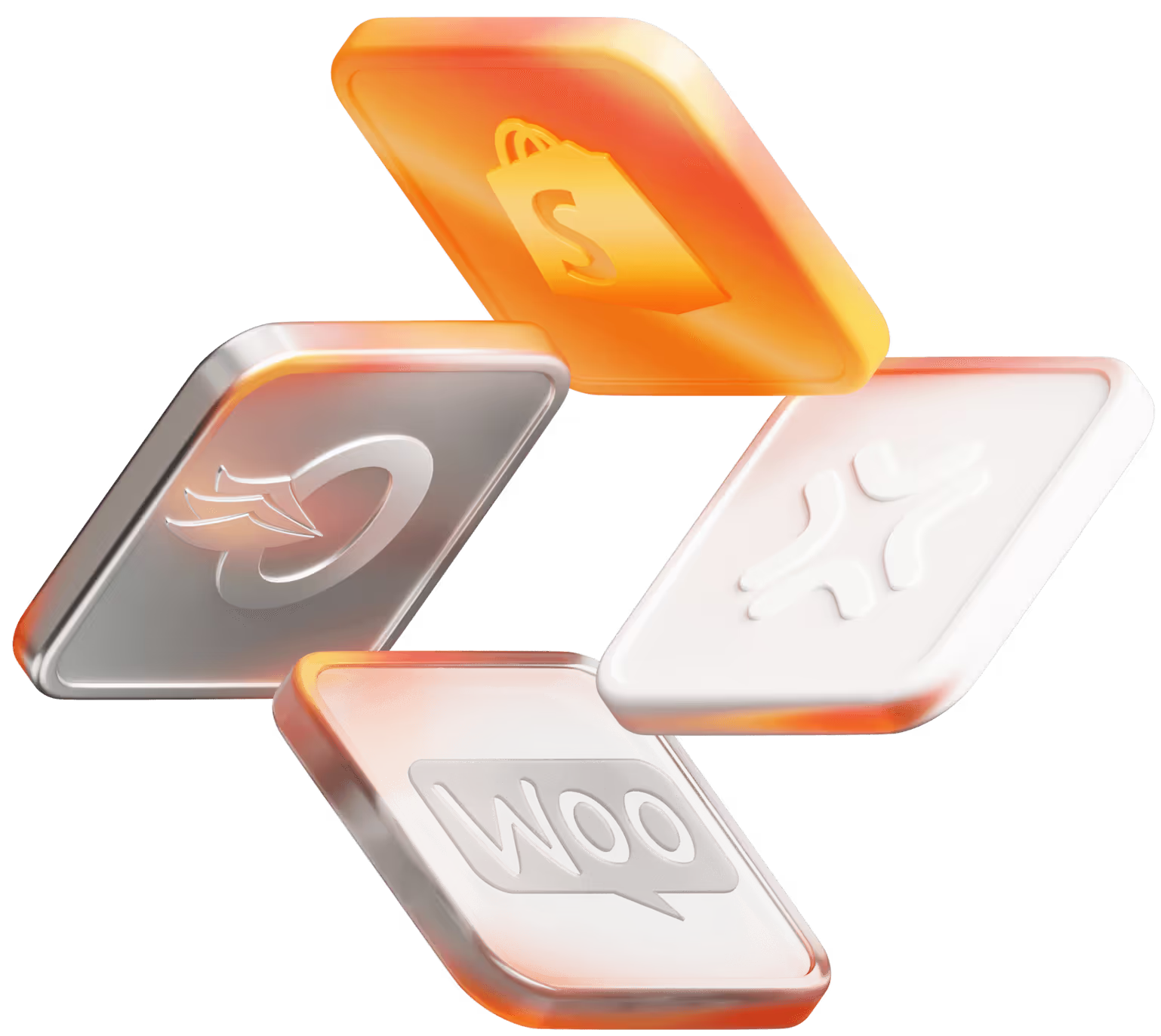





.jpeg)
.png)
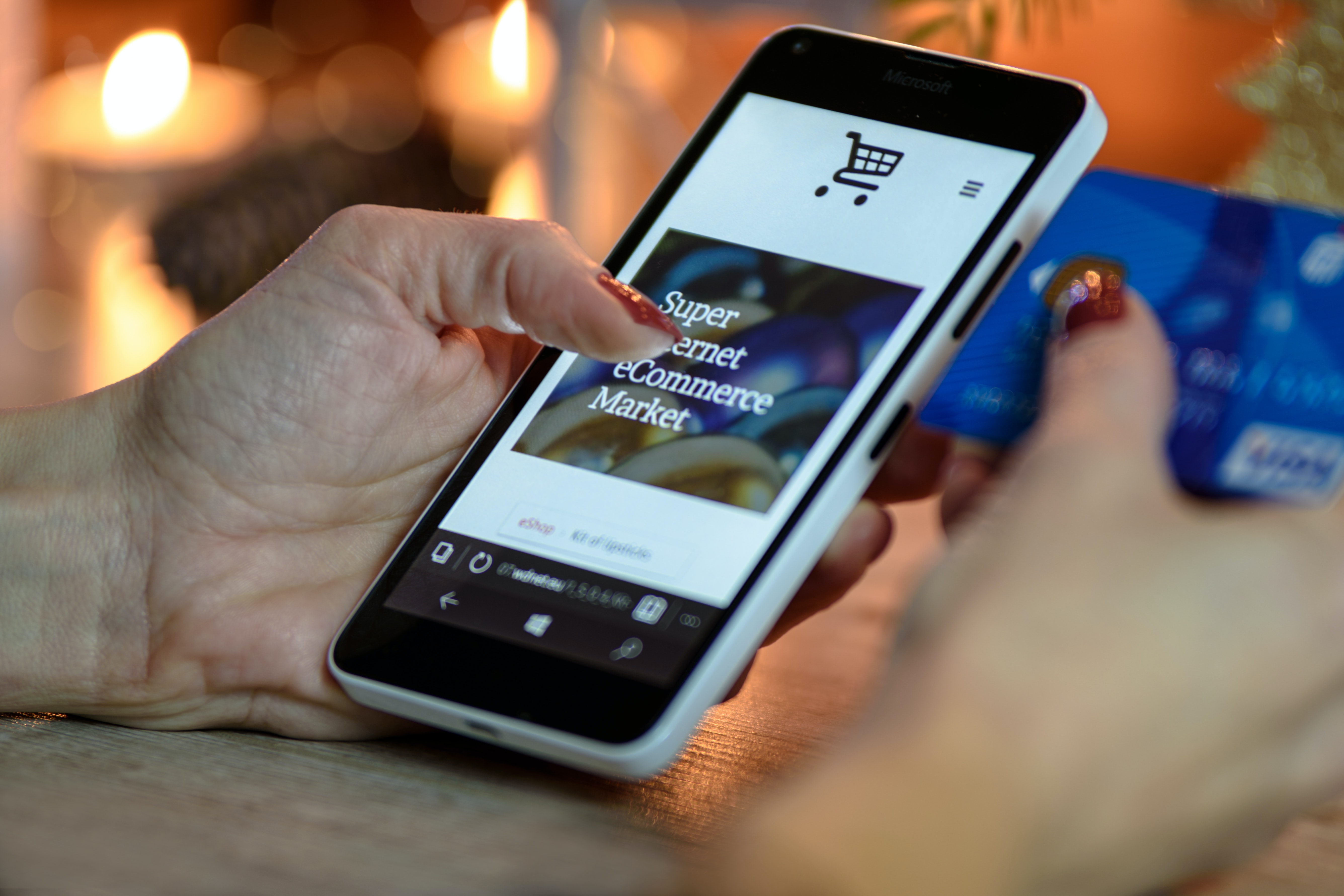

.png)
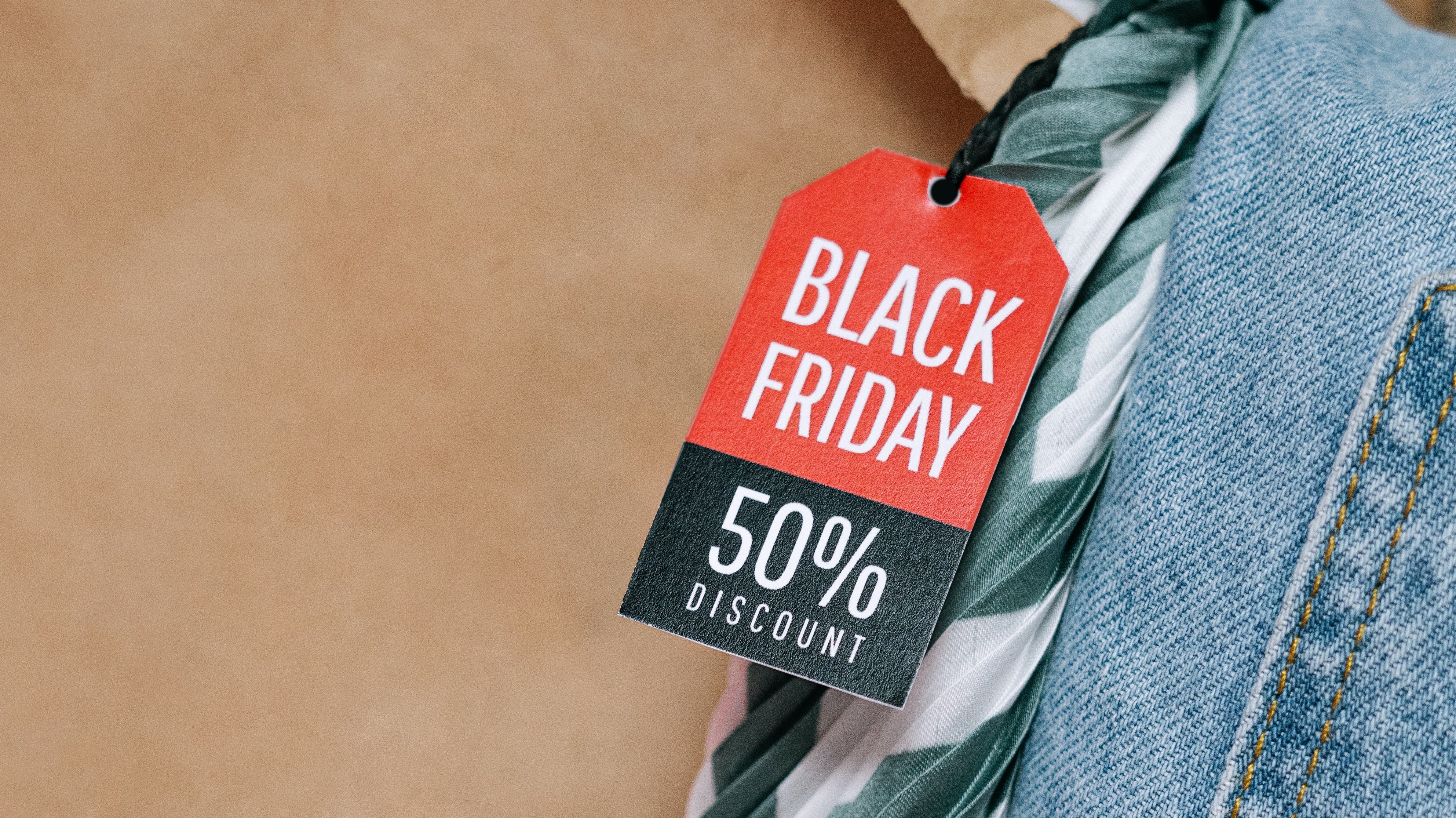
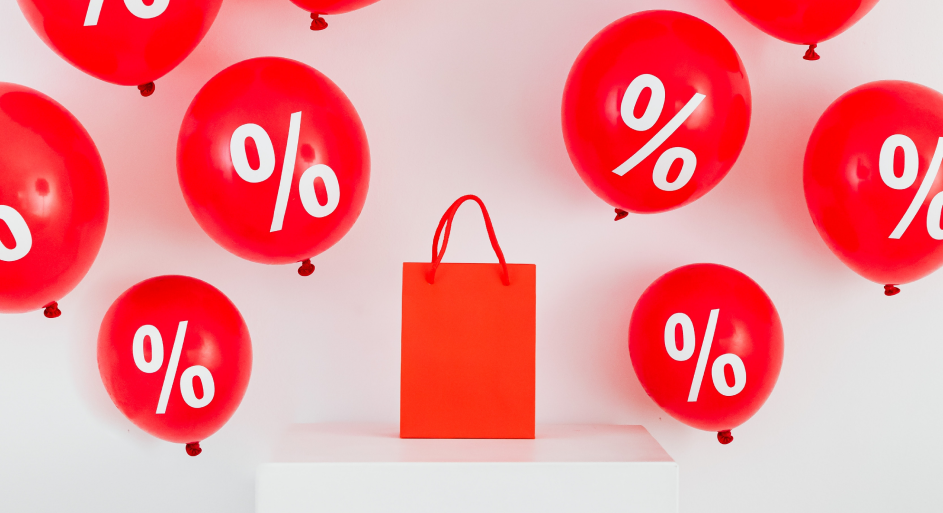

.png)

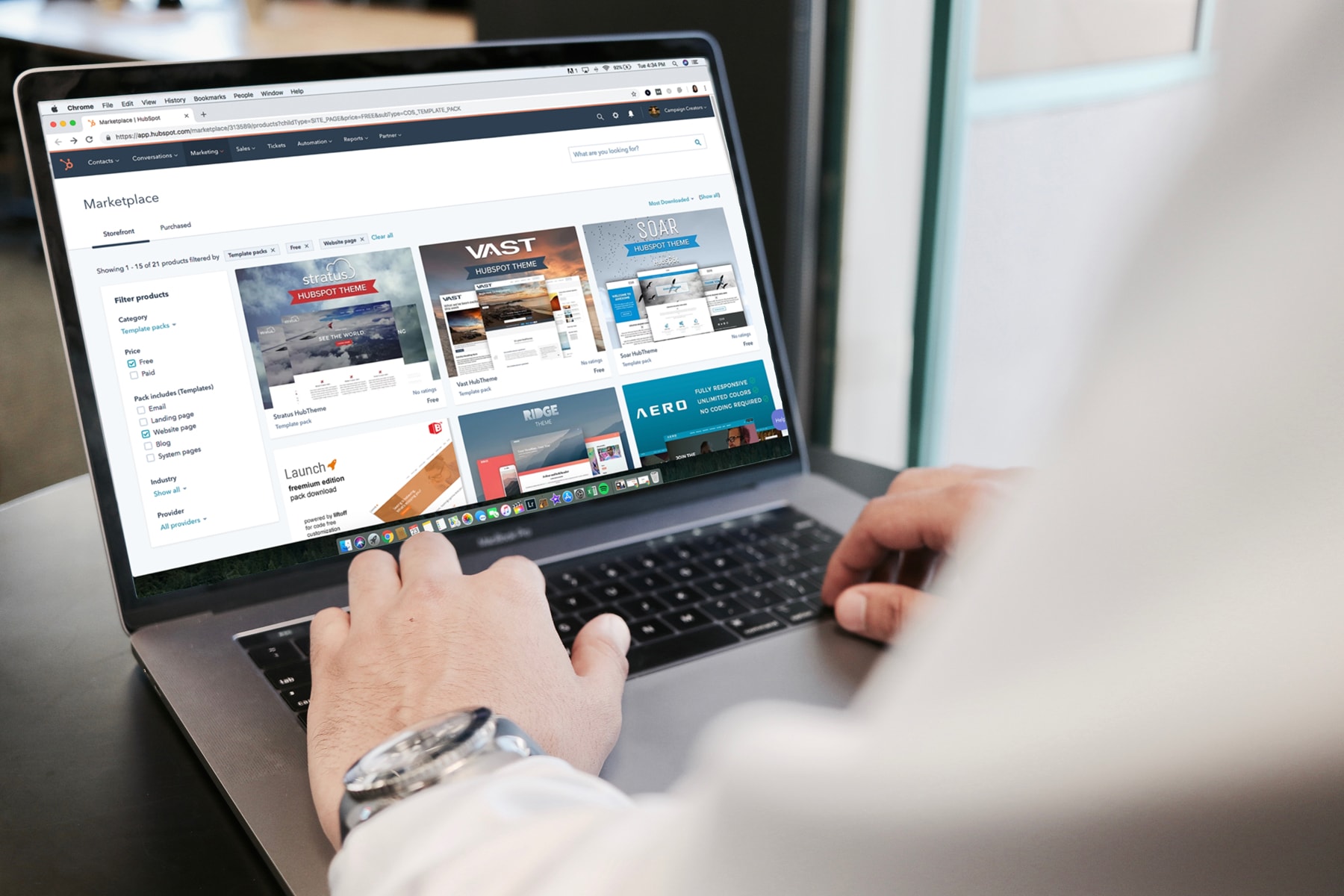



.png)

.png)
.png)

.png)
